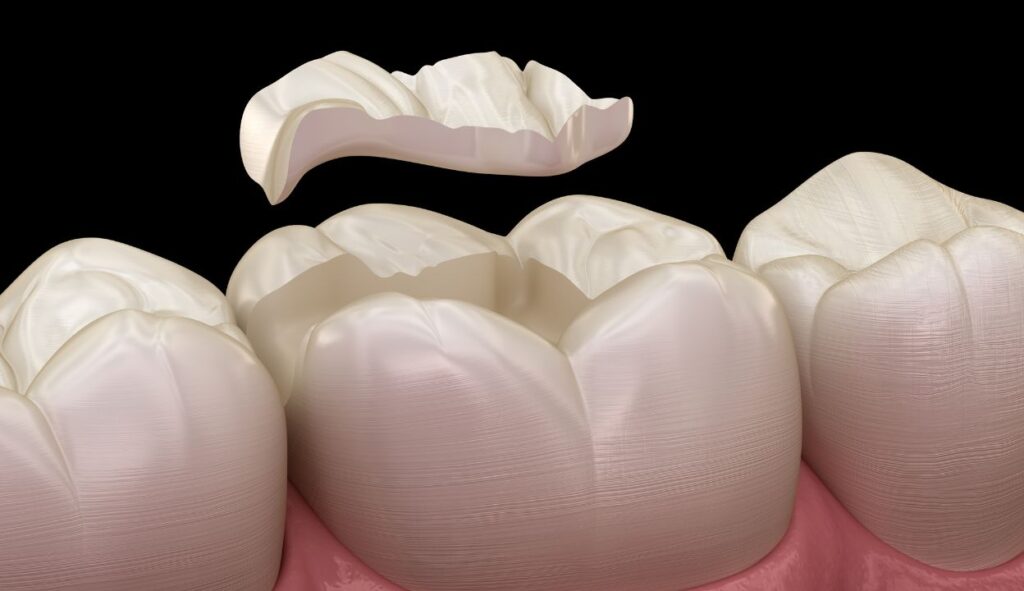Inlays and Onlays offer a conservative and effective treatment option for damaged and decayed teeth that require more than a filling but less than a dental crown. They are typically made from a tooth colored material such as porcelain, zirconia, lithium disilicate, or occasionally gold. Inlays and onlays are designed to fit precisely within or over the damaged portion of the tooth, restoring its strength, function and appearance.
Choosing inlays and onlays for your dental restoration offers several significant advantages:
The process of receiving inlays or onlays typically involves the following steps:
To ensure the longevity and performance of your inlays and onlays, it is essential to maintain good oral hygiene and follow these care guidelines:
Restore Your Smile with Inlays and Onlays:
If you have damaged or decayed teeth that require more than a filling but less than a dental crown, inlays and onlays may be the ideal solution for restoring your smile. Our experienced dental team is dedicated to providing personalized care and exceptional results. Contact our office today to schedule a consultation and learn how inlays and onlays can help you achieve a healthy, functional, and beautiful smile.


Disclaimer: All the material presented in this website is to inform and educate patients. However, every case or individual is unique and therefore, it should not be used to take any diagnostic or therapeutic decision without previously consulting a licensed dentist.
ADA Compliance: The publisher of this website is committed to providing an accessible website. If you have difficulty accessing content, have difficulty viewing a file on the website, or notice any accessibility problems, please contact us to specify the nature of the accessibility issue and any assistive technology you use. We strive to provide the content you need in the format you require.